Do I need a safe?
You might wonder or ask yourself, “Why do I need a safe?” and the answer is actually simpler than you might think.
If you have ever hidden anything at the back of a drawer or in an innocent looking empty holder or just wanting to keep something in a protected place away from external elements, then you probably need a safe.
Mostly, safes are used if one has something so valuable that it is either irreplaceable or just a hassle to replace. So the more appropriate question I would say, would be: What type of safe do I need?
Benefits of Safes
Home or personal safes provide various benefits which will help to improve your home security. When you are in the market of buying a safe it is good to know what the benefits are to determine what type of safe would best suit your needs.
The two main reasons safes are used, are to protect valuables from theft or damage.
In places with high crime rate, safes provide storage for high-value items like jewelry, cash, laptops, mobile phones and tablets. Not only do most of these items have high price tags but regularly these items also carry sentimental value which once lost, is impossible to replace.
Some areas are more prone to natural disasters like floods, hurricane and runaway fires than others. In these areas, families have been known to lose everything they own in a matter of seconds. Water and fireproof safes can provide protection to irreplaceable documents such as birth certificates, passports, wills, or even hard drives containing family photos or other information one is not willing to lose.
Owning a gun can provide a sense of feeling safe and protected but what happens when it lands in the hands of someone unwanted? Protecting your family should be your first concern, so locking up guns will keep it out of reach from children.
Stolen guns contribute to the crime rate. Whether the guns are used for protection, hunting or just as a collection, when unused, it needs to be secured. Securing your weapon in a gun safe will prevent criminal elements to gain access to it. It’s a known fact that stolen firearms are mainly used in serious crimes and most of those weapons were stolen from private citizens. In order to assist authorities, any firearm theft should be reported immediately.
Different types of safes
There are a vast number of shapes and sizes safes may come in. From a discreet rock with a place to hide your spare key to the big walk-in bank vault with heavy doors and reinforced walls. Some would be considered more of a hiding place than a safe though. Wikipedia defines a safe as “a secure lockable box used for securing valuable objects against theft and/or damage.” They usually are a hollowed cube or cylinder with a removable face which forms a door.
Safes can further be grouped in multiple ways. The two most common groups are either by their specification or by their use.
Grouped by safe specification
Fire Resistant
- Fire safes need to protect the content from extreme heat or actual fire. In order for a safe to be rated as a fire safe, it needs to comply with a certain set of criteria. It is rated by the amount of time, typically 30min to 4hour durations; it can withstand high external temperature while maintaining a certain internal temperature.
- The autoignition temperature for paper is about 450 °F (232 °C). Computer media, such as data on compact disks crystallize at 350 °F (177 °C). Non-operating temperatures for media such as hard drives are typically between -40°F to 158°F(-40°C to 70°C)
- Underwriters Laboratories (UL LLC) is a global safety consulting and certification company approved to perform safety testing by the U.S. federal agency
- UL LLC certification for safes to sustain a certain maximum internal temperature are: Class 125 – 125°F (52 °C) and 80% humidity. These safes are also waterproof and this should be stated on the label.
- Class 150 – 150°F (66 °C) and 85% humidity. It may or may not be waterproof and the label should indicate which. Furthermore it can safely store computer media.
- Class 350 – 350°F (177 °C) and 85% humidity. This is the most basic rating and it can be safely used to store paper. Cases can, however, be purchased which meet Class 125 if they are placed inside a Class 350 container.
Burglar Resistant
- These types of safes are generally referred to as gun safes
In order for a safe to be classified as burglar resistant, it has to comply with UL LLC classifications which determine the amount of time a safe can withstand abuse from mechanical and electrical tools.The Classes are as follow:- TL-15 – A combination locked safe that offers limited protection The safe will resist 15 minutes of abuse from tools such as hand tools, picking tools, mechanical or electric tools, grinding points, carbide drills and devices that apply pressure.
- TL-30 – This will offer moderate protection against the same assault as TL-15 but for 30 minutes and with the addition of cutting wheels and power saws.
- TL-40 – Same protection as TL-30 but can resist abuse for 40 minutes.
- TRTL-30 – This safe offers high protection against the same type of abuse as TL-40 for 30minutes. In addition, it can withstand impact tools and oxy-fuel welding and cutting torch.
- TRTL-60 – This class will withstand the same assaults as Class TRTL-30 for 60 minutes.
- TXTL-60 – This class meets all the requirements for Class TRTL-60 and, in addition, can withstand high explosives such as nitroglycerin or equivalent to not more than 4 ounces (110 g) of nitroglycerin in one charge.
- Any resistance offered lower than the standards above (less than 15minutes) can only be recommended non-commercial use.
Environmental Resistant
- Safes that will protect the contents from the environmental effect such as water and dust.
Lock Type
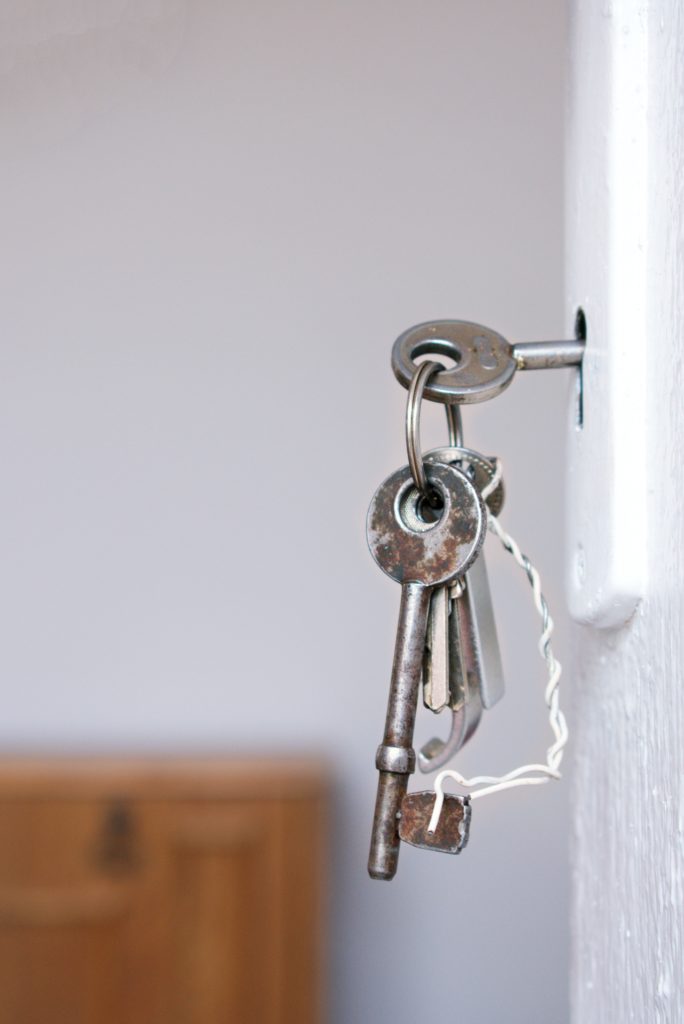
- The lock type of the safe is determined as a result of how secure or degree of difficulty one requires to open the safe without the key or without knowing the combination.
- It is also possible to have a combination of two or more locking systems on one safe
- A brief explanation of the different locks are:
- Key lock – The most basic type of locking system by using a key.
- Combination lock – This lock uses a combination of, generally numbers in a specific sequence. It is a mechanical lock and it may use a single dial to interact with several discs or cams. The discs or cams has an indentation in them, where if aligned properly, the locking bolt can slide into in order to open the door.
- Electronic locking system – Similar to the combination lock this lock also use a combination of symbols but with an electronic keypad instead of a mechanical dial. Some run on batteries only while others connect to the main power supply.
- Biometric locking system – A locking system related to the electronic locking system. It uses fingerprints, retina scans or voice instead of or in conjunction with a combination to open the lock.
- Time lock – Even if you know the combination or have a key, an independent time-based lock only opens after a predetermined time.
Location
- How does the old cliché go: Location location location. You certainly need a place where you can put your safe where it’s out of sight of would-be criminals.
- The different type of hidden safes are:
- Wall safe – we have all seen movies where the big boss goes into his fancy home office, walks up to a painting on the wall. When he removes it from the wall and behind it …. is a safe. Although very dramatic, one cannot store large items in these safes. The thickness of the wall ultimately above all determines the depth of the safe one would be able to use.
- Floor safe – Away from prying eyes under a rug you will find this safe. They offer more internal space than a wall safe and although they are basically immune to fire they might not be waterproof. The water the fire department uses or water from floods may penetrate the safe, damaging its contents. It’s therefore advisable to put the contents in watertight plastic bags or containers if water damage is a concern.
- Diversion safe – Hiding your items in plain sight is what this safe is all about. Thieves know that when they spot a safe there are valuables in it. They know you wouldn’t hide cookies in a safe but they forget that you might hide something in the cookie jar. A vast variety of diversion safes are available on the market these days, hollowed out books, soda cans, air vents, wall clocks, desks, the list goes on. Therefore, depending on what you would like to hide, there is a diversion safe for it.
- Bedroom safe – Mostly used in hotel rooms and homes around the world. Here you can store your keys, documents, passports or even a handgun for easy access. It can be mounted to either the wall or the floor, usually in a bedroom cupboard.
Grouped by most common use
Gun Safes
- While some states only require one to lock up a gun when it’s sold or transferred, others in contrast, require you to have it locked securely in a safe while at home
- Other countries won’t even issue the gun permit or license before they have inspected your home and established that you have a suitable safe installed.
- According to the State of California Department of Justice Attorney General’s regulatory gun safe standards, an acceptable gun safe is either one the following:
- A safe that meets all of the standards as listed by them on their website: As a result, some of the standards a gun safe needs to meet are:
- Fully contain firearms and provide for their secure storage.
- Shall have a locking system with at least 10 000 possible combinations.
- A minimum of three steel locking bolts operated by a separate handle and secured by the lock.
- Be capable of repeated use. Construction of the exterior walls and door must meet a minimum gauge thickness as specified by using reinforced steel.
- Also need to have protected hinges to prevent the removal of the door.
- A gun safe that is able to fully contain firearms and provide for their secure storage, and is certified to or listed as meeting Underwriters Laboratories Residential Security Container rating standards by a Nationally Recognized Testing Laboratory (NRTL).
- A safe that meets all of the standards as listed by them on their website: As a result, some of the standards a gun safe needs to meet are:
Fireproof and Waterproof Safes
- These safes can be used as a result where the need occurs in areas or situations which are prone to fire or floods, to store important documents which are difficult to replace.
Hidden Safes
- Whether it is a wall safe, a floor safe or a diversion safe, you want to hide and protect your valuables from snooping eyes.
Bedroom Safes
- Usually hidden in the back of a cupboard and secured to the wall or floor, these safes are used to secure small items like keys, wallets, passports and also hand guns.
- Quick access when you need it most is the main criteria here. When you are woken up by the noises of an intruder, you ideally would not want to run to the other side of the house or apartment looking for your gun
Biometric or Fingerprint recognition Safes

- No more carrying around keys or remembering access codes. You are the key. It uses either fingerprints, voice recognition or retina scans to open these safes.
Safety Deposit Box
- For valuables you don’t require regular access to, a safety deposit box would certainly be most suitable.
- Various banks and private institutions offer these services and depending on your requirements, an array of sizes is also available.
- The benefits are that your valuables are at a different location than your home or office and it is operated by specialized institutions whose main purpose are to keep your items safe and secure.
Drop Safe
- Items, most regularly cash, are deposit into a drop safe through a trap door or slot by the responsible person.
- Once deposited into the safe, it can only be removed by another person at a later stage, who has the key or combination to the safe.
Choosing the right one
By looking at all the options and variety of safes you might think, “Can’t I just hide it under the mattress?” If you consider though what you want to secure and how secure you need it to be, keeping your budget in mind, you could therefore quickly figure out which one will work best for you.
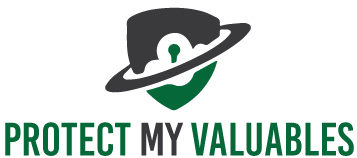
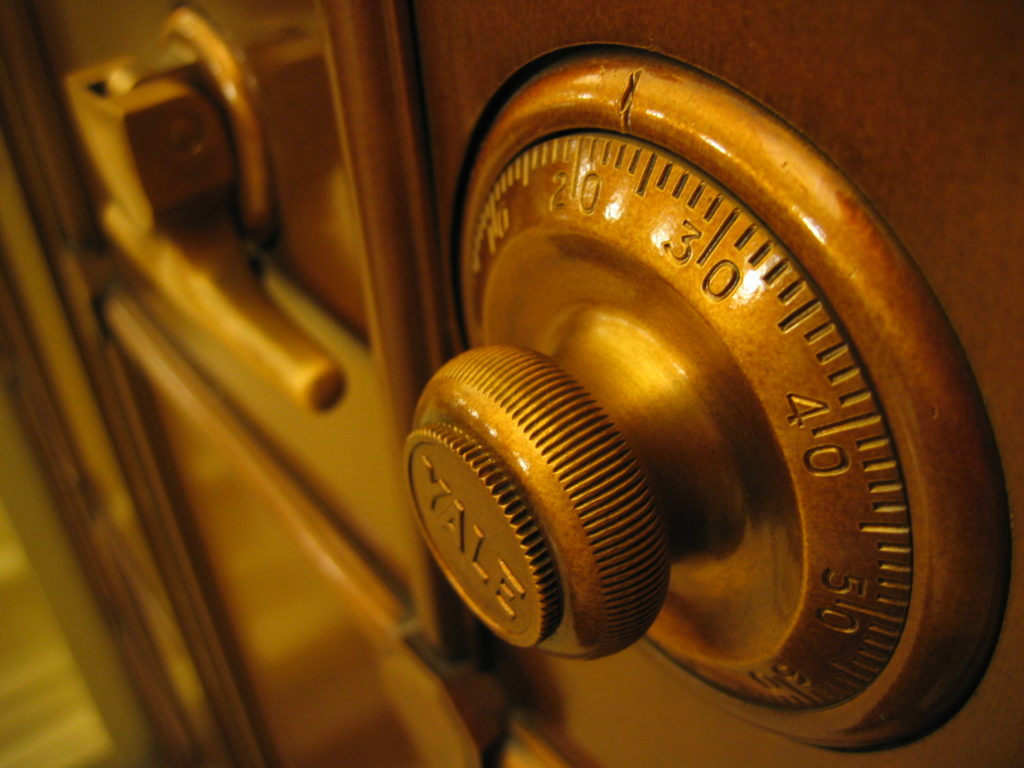
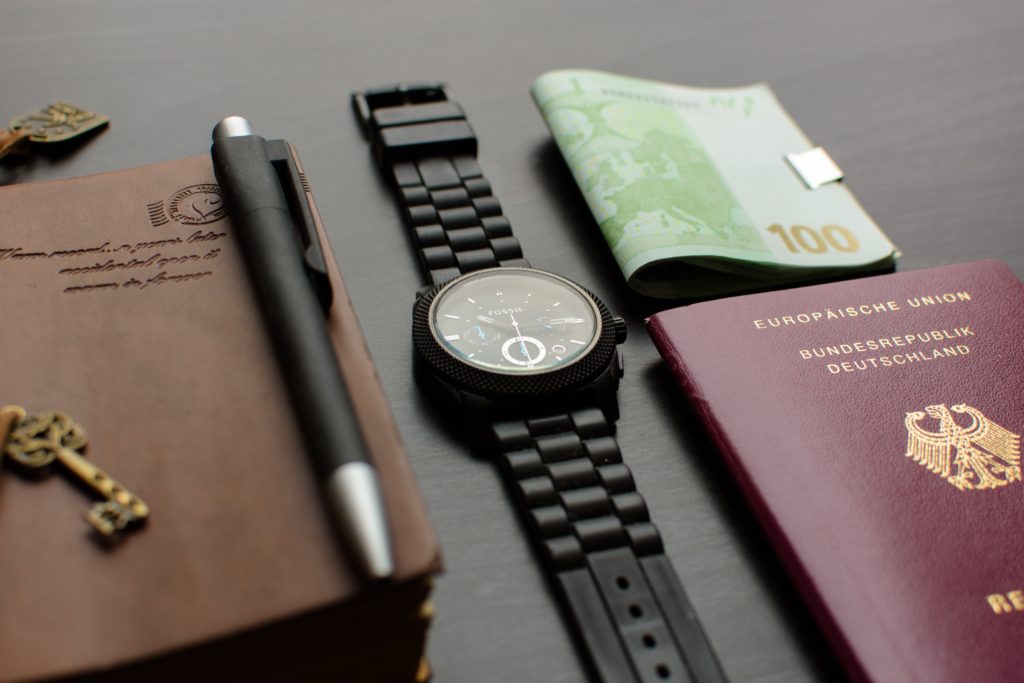
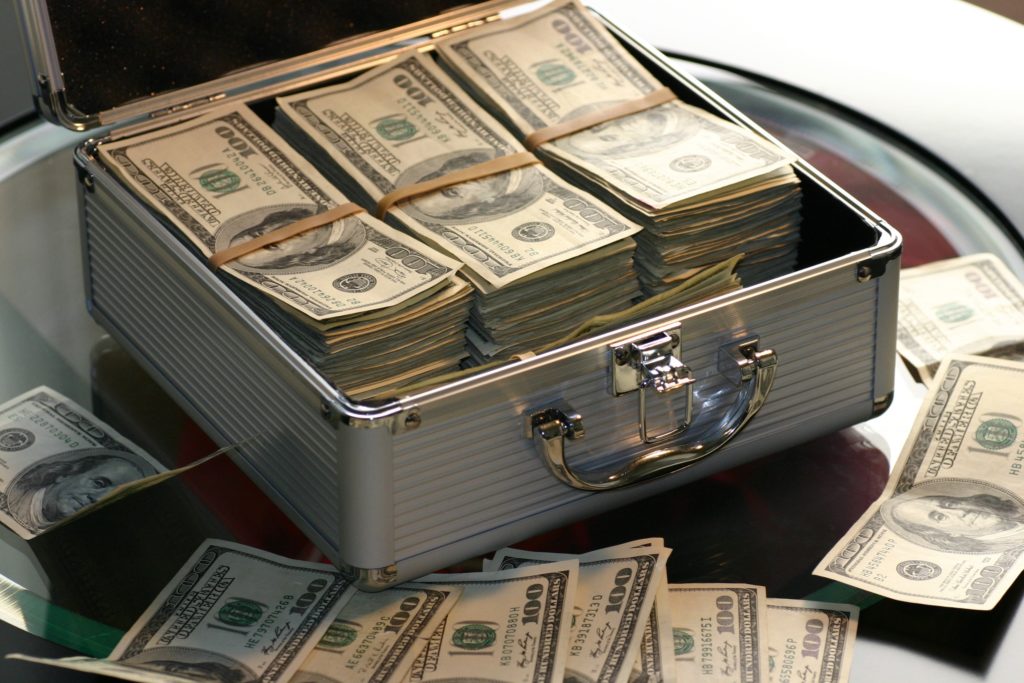
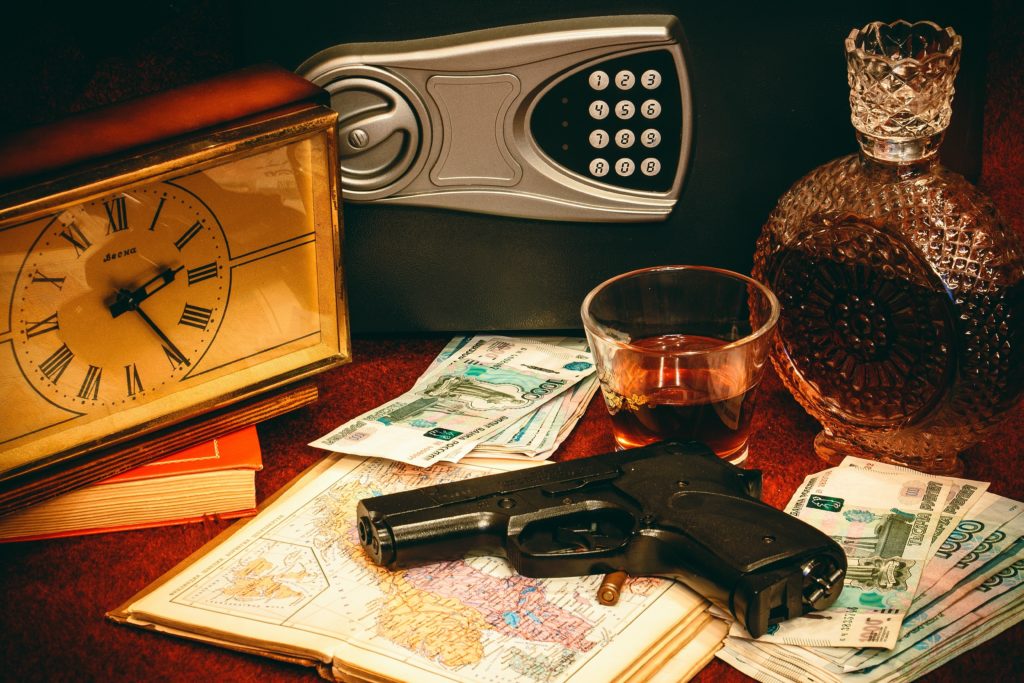
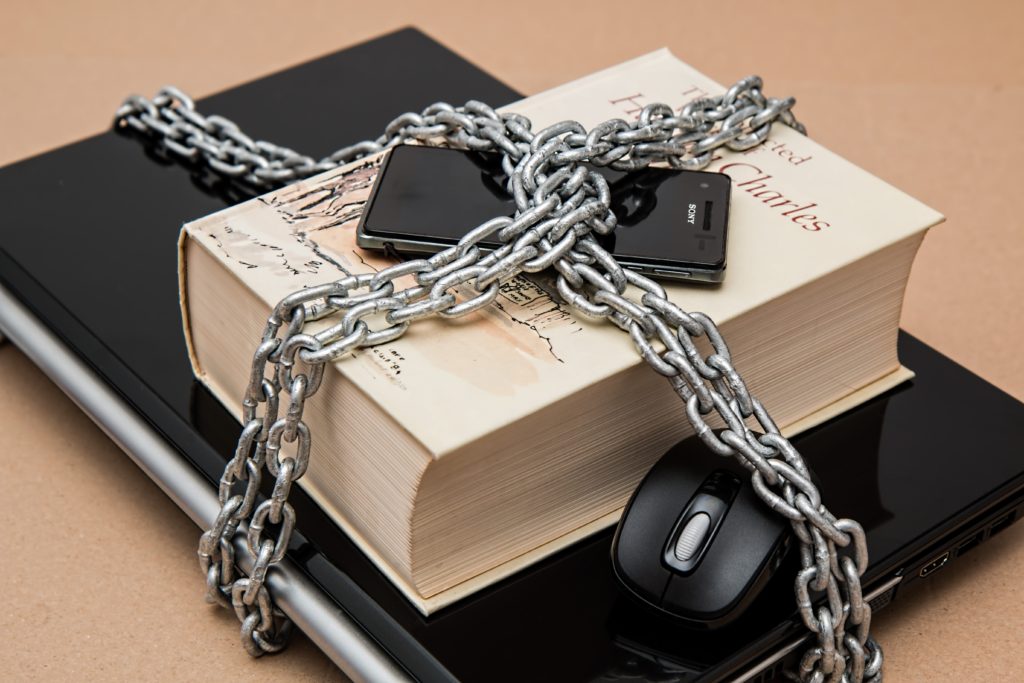
I love that you pointed out that it is important to ensure that your safe can be accessed quickly. As you said, you must not end up run to the other side of the house or apartment when an intruder gets into your house. This is something that my husband and I will consider since we are planning to have a safe installed. We both have concealed guns and some other important papers to keep, so we will be sure to consider your tips.